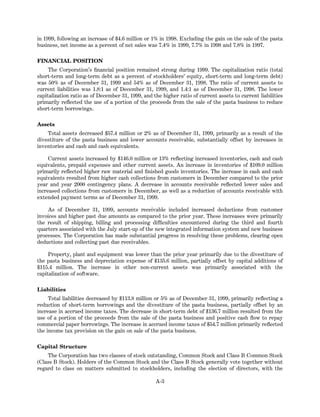The Anatomy of a Successful Cryptocurrency Trading Strategy
As the world of cryptocurrency continues to evolve and grow in popularity, savvy traders are looking for ways to maximize their returns while minimizing their risk. One effective strategy is to focus on making short positions, which involves taking advantage of price movements in a specific direction to profit from the market’s fluctuations.
In this article, we’ll delve into the key components that make up a successful cryptocurrency trading strategy: Crypto, Short Position, Market Cap, and Open Interest.
Crypto
Cryptocurrency prices are determined by supply and demand forces in the market. When traders believe that a particular currency has strong fundamentals (i.e., low production costs, high adoption rates, and positive economic indicators), they tend to buy it up, driving up its price. Conversely, if traders perceive that a currency is overvalued or undervalued, they may sell it, reducing the price.
Cryptocurrencies, such as Bitcoin, Ethereum, and others, have historically been known for their volatility and sensitivity to market conditions. However, with the rise of decentralized exchanges (DEXs) and liquidity pools, these cryptocurrencies have become more accessible and attractive to traders.
Short Position

A short position is a trading strategy where a trader sells a security they don’t own with the hope that its price will drop in value, thereby increasing their profit. This type of trade involves buying a security at a lower price and selling it at a higher price, realizing a potential profit as the market moves.
In cryptocurrency trading, short selling can be an effective strategy for profiting from price movements. By buying low and selling high, traders can take advantage of the volatility in these markets and lock in profits before prices rise further.
Market Cap
The market capitalization (market cap) of a cryptocurrency refers to its total value as represented by all outstanding shares or coins. Market capitalization is an important metric for traders because it provides insight into the size and liquidity of the market.
A high market cap indicates that there are many buyers willing to pay a premium for a particular currency, which can create buying pressure and drive up prices. Conversely, a low market cap may suggest fewer buyers or less demand for a particular cryptocurrency, potentially leading to lower prices.
Open Interest
Open interest (OI) refers to the total number of outstanding contracts for a specific security that have not yet been settled. In the context of cryptocurrency trading, open interest tracks the number of trades made on an exchange at any given time.
A high open interest can indicate that there are many active traders participating in a particular market or security, suggesting strong demand and liquidity. Conversely, a low open interest may indicate reduced demand or lower liquidity, potentially leading to lower prices or more volatility.
Example Trading Strategy
Let’s say you decide to short Bitcoin with the goal of profiting from its price movement. You buy 100 units of Bitcoin at $10,000 and sell them at $12,000 (a 25% increase), making a profit of $2,000. This trade is an example of a successful short position strategy.
As the market continues to fluctuate, you can adjust your position size by buying more or selling less Bitcoin to lock in profits or hedge against potential losses.
Conclusion
In conclusion, cryptocurrency trading involves making informed decisions about which cryptocurrencies to buy and sell based on their market trends, technical analysis, and fundamental factors. Understanding key metrics such as crypto, short position, market cap, and open interest can provide valuable insights into the market’s dynamics and help you make more effective trading decisions.
